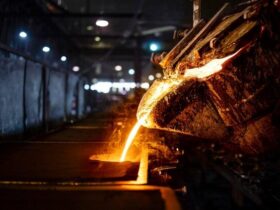When selecting a shipping container, a detailed inspection is essential to ensure you choose one that fits your needs and is built to last. Start by thoroughly examining the exterior for any signs of rust or corrosion, especially near the base and seams, as these areas are often more exposed to environmental wear. Rust or corrosion in these areas can give valuable insight into the container’s history and help detect any underlying structural issues.
Pay attention to any dents or warping that could compromise the container’s ability to maintain its shape and provide adequate protection. Look at the condition of the paint, as peeling or flaking may be a sign of prolonged exposure to harsh conditions or hidden damage.
Don’t forget to inspect the interior as well. Be on the lookout for water damage, cracks, or light coming through, which may indicate compromised waterproofing. Examine the flooring for signs of wear or damage, particularly if it could affect the container’s ability to carry heavy loads. Lingering odors should also raise concerns, as they could suggest prior storage of hazardous materials, posing potential risks or limitations on the container’s future use.
Careful inspection of the structural components, such as hinges and seals, is also crucial. These parts play an essential role in ensuring the container is airtight and secure. The doors and their seals should be intact and fully functional to ensure the container is watertight.
For regions with high humidity, such as Miami, it’s important to consider how local conditions may accelerate wear and tear. Moist environments, along with frequent exposure to the elements, can speed up the deterioration process. Tradecorp shipping containers are designed to withstand these challenges, but regular inspections remain vital to catch any developing issues before they worsen.
Lastly, always ask if the container comes with any documentation, certification, or maintenance history. These records can provide useful information about the container’s structural integrity and any prior repairs. If any modifications were made, such as the addition of ventilation or security upgrades, this information can also be invaluable in assessing the container’s suitability for your needs.







